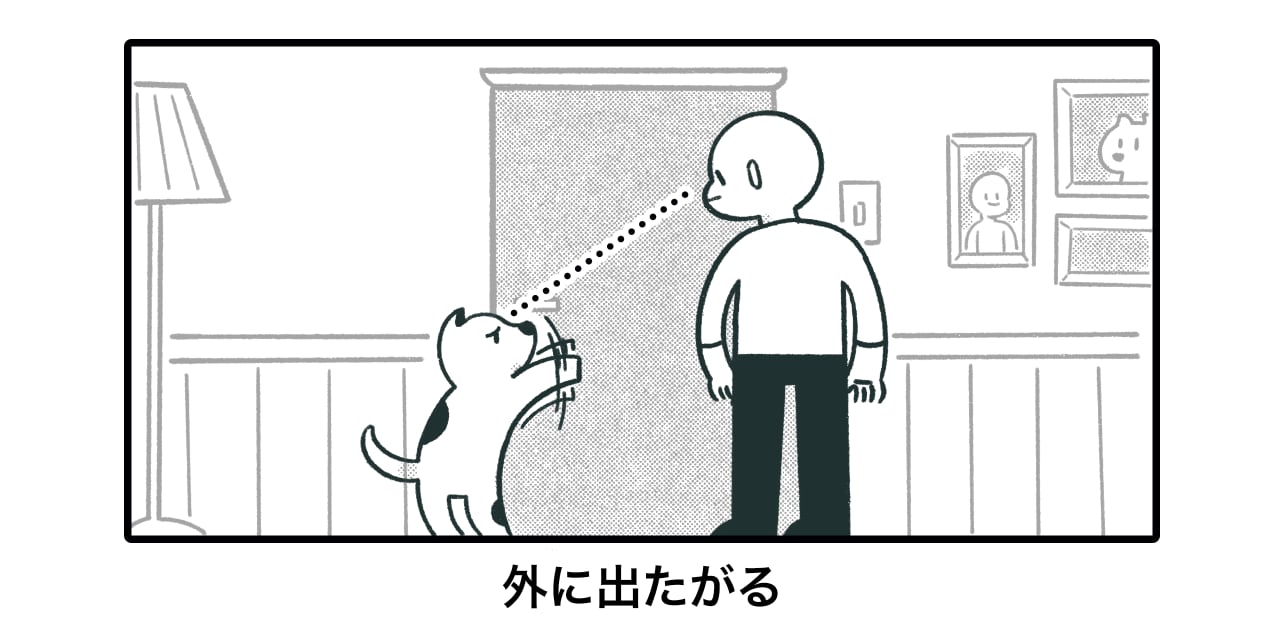Table of Contents
What Is たがる?
The たい form generally can't be used to talk about what other people want—only what you personally want. So how can you say something like "Jerry wants to eat"? This is where the suffix 〜がる comes in.
〜がる is similar to other grammar points like 〜そうだ, らしい, and みたい in that it can be used to talk about someone else's state by marking your statement as something you observed in them. So instead of saying "Jerry wants to eat," it's more like you're saying "It seems like Jerry wants to eat," or more accurately, "Jerry is showing signs that he wants to eat."
When attached to an adjective, 〜がる means, "showing signs of" that adjective. And as we learned, 〜たい becomes an adjective in this form, which means it can conjugate like one! So たい + がる is "showing signs of wanting to do" something.
To add 〜がる to your たい form verb, drop the final 〜い and add 〜がる to make 〜たがる.
食べた
い+ がる = 食べたがる
Instead of saying "want to [verb]," your たがる form verb now says, "shows signs of wanting to [verb]," and you can safely describe someone else's desires.
How to Use たがる

Imagine you're enjoying a nice night in, when you hear that awful scratching sound at the door. It's your pesky dog again, wanting to go outside. You sigh to yourself and say:
- うちの犬はいつも外に出たがる!
- My dog always wants to go outside!
While it can be used in the simple present form, 〜たがる is most commonly used in the continuous form: 〜たがっている. When you're describing someone wanting to do something in the moment (right now), you use the continuous form. But when you are talking about someone's general tendency or when the sentence is negative, you use 〜たがる. This is a bit tricky because in English "want" is used what you want in the moment, right now.
Let's look at some examples:
- 木村さんは食べたがっている。
- Kimura wants to eat.
Or more accurately, "Kimura is looking like they want to eat." Notice that our 食べた + がる construction is missing the い from 食べたい. Also, it's the continuous form 〜ている, because Kimura is hungry right now, in the moment.
- 木村さんは走りたがっている。
- Kimura wants to run.
- 木村さんは喧嘩したがっている。
- Kimura wants to fight.
Even though we can't read Kimura's mind, we can make all these statements about them because we're making our own observations about what they want using 〜がる. Also, these are all things Kimura is wanting to do now. We can see them wanting these things now, so we're using the ている form.
Now let's look at a negative example:
- 木村さんは走りたがらない。
- Kimura doesn't want to run.
It seems like you want to take a break. You've learned all about 〜たがる, so you've earned it. Before you come back and study this page again, check out our page on using 〜がる with い-adjectives. You're showing signs of wanting to become fluent in Japanese, so we're sure you'll do that no matter what.